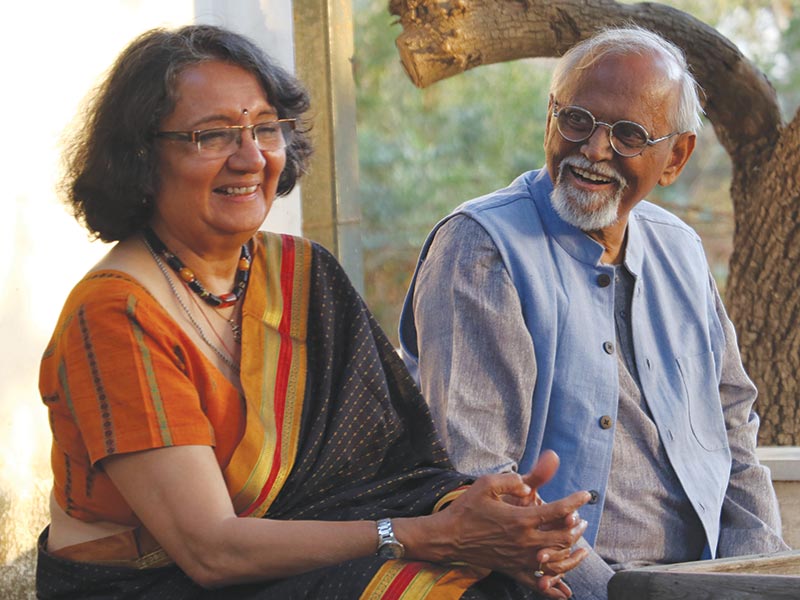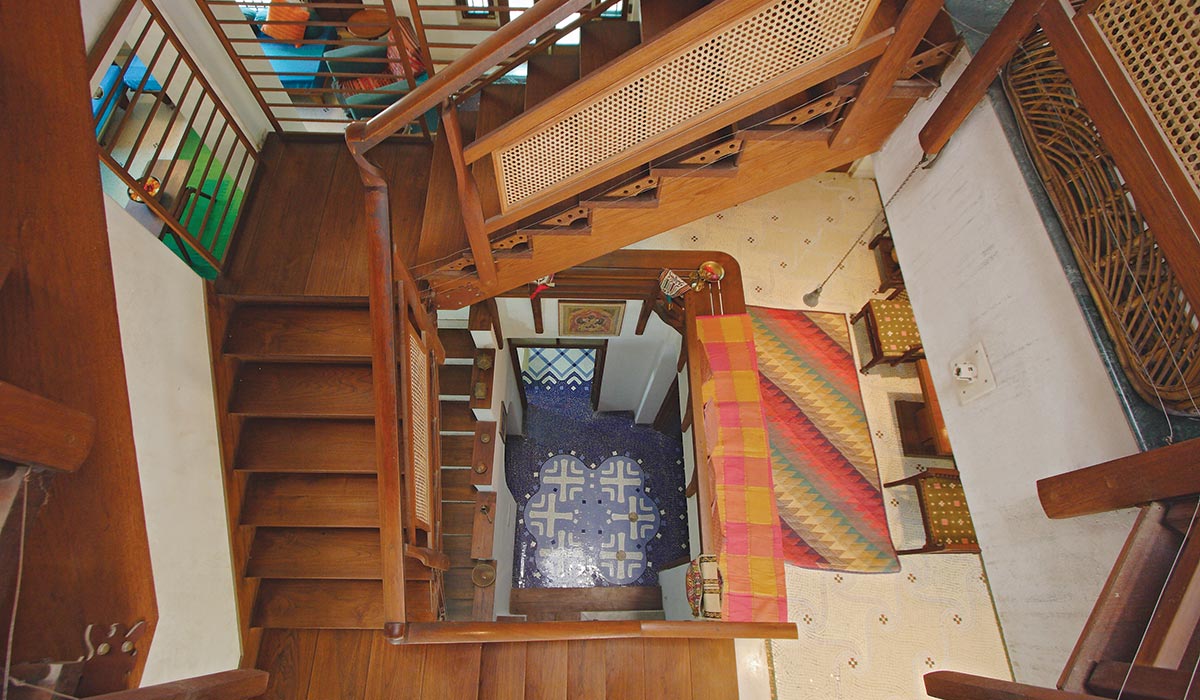
The first issue is that the approaches, methodologies, technologies, and the products that are currently seen and pursued as sustainable, have come mostly from the developed world, which has different contexts, climates, and human comfort needs, compared to ours. India, on the other hand, is fortunate to have 5-6 distinctly difficult climatic zones, each of which has a variety of options in building materials, and an extremely wide range of climate responsive solutions using local materials for almost all typologies.
Most of these approaches are geared towards the goals of maximizing the savings, which is Top Down approach where the top benchmarks are not only undefined, but also not applicable to Indian conditions. Thirdly, they are based on recipe-based approaches, and not context-based approaches. India, for its better benchmarks of eco-friendly and sustainable built environment, requires a Bottom Up approach (what we call the ‘Hamarewala Green’ approach), which focuses on minimizing the consumption where the benchmarks starts from zero.
We have a wealth of traditional knowledge and wisdom in every region, sub region, and micro region of this country. This knowledge has been invested in our traditional crafts persons and they remain the carriers of such vast knowledge, which has been carried over for centuries.
Unfortunately, our architectural as well as engineering institutions rarely attempt to make our own graduates adequately familiar, knowledgeable and confident about this knowledge so as to apply in the new construction projects. Consequently, the use of these assets and all proven sustainable solutions, which have evolved over many centuries, is not applied at a scale where it should be in new building construction/projects.
 Zaveri Patel Residence, Ahmedabad
Zaveri Patel Residence, AhmedabadThe challenge, therefore, lies in looking within ourselves and learning from our past to make our future far more sustainable than it can ever be using the recent approaches. It is a natural phenomenon that a tree grows and survives for decades because of its own roots, not some other tree’s roots. Most of us are dependent and are happy to use the knowledge that comes from outside the boundaries of India and not from within.
The approaches, methodologies, technologies and products that are currently seen and pursued as sustainable, have come mostly from the developed world, which has different contexts, climates and human comfort needs, compared to ours
We admire...
The works of Hassan Fathy, Laurie Baker, Geoffrey Bawa, Anil Laul, Didi Contractor, Sanjay Prakash, Vinod Gupta, Vasant & Revathi Kamath, Jaigopal Rao & Latha Raman, Benny Kuriakose, Satya Prakash Varanashi, and many others. However, if we have to choose a building, it would be Golconda House designed by Anthony Raymond & George Nakashima, located in Puducherry, and built in early 1940.















